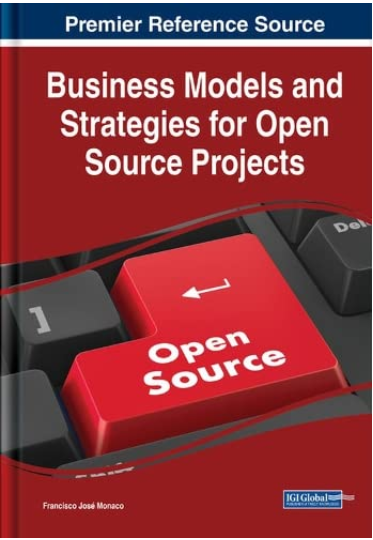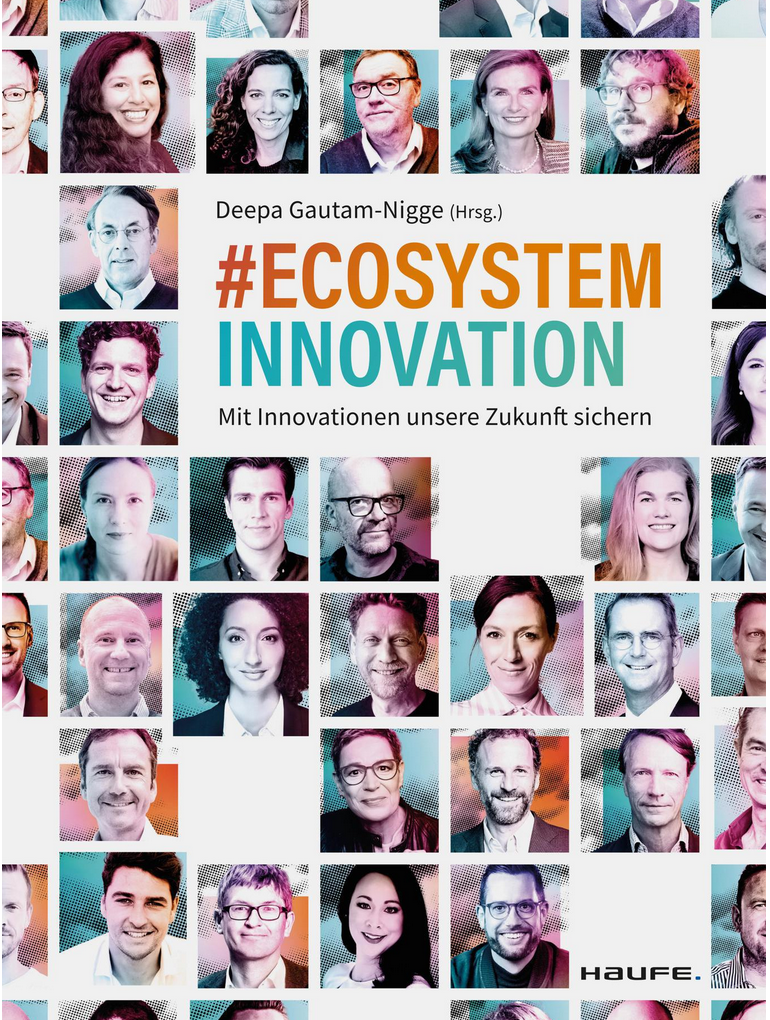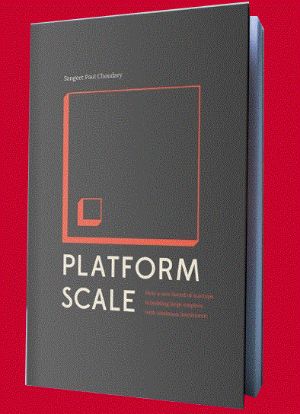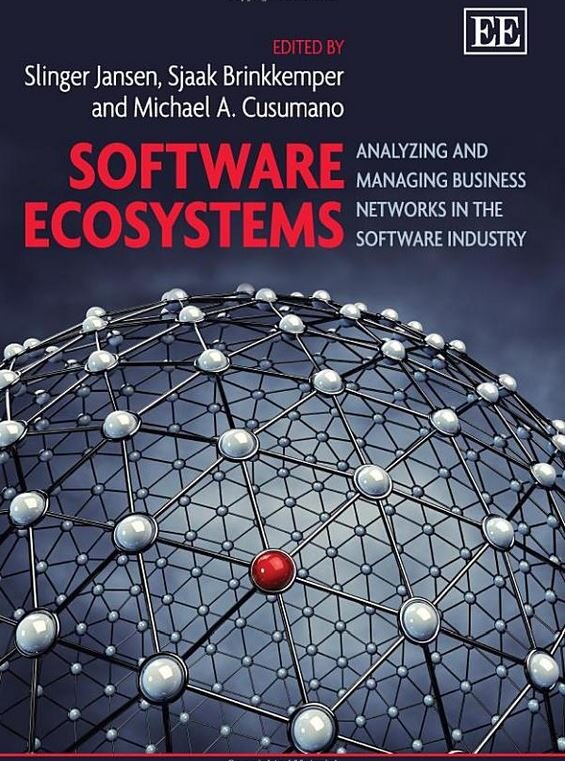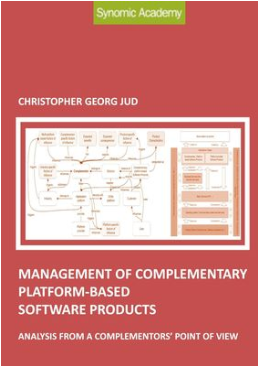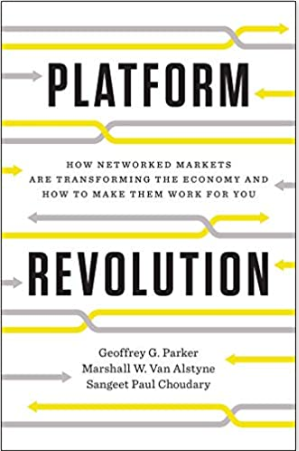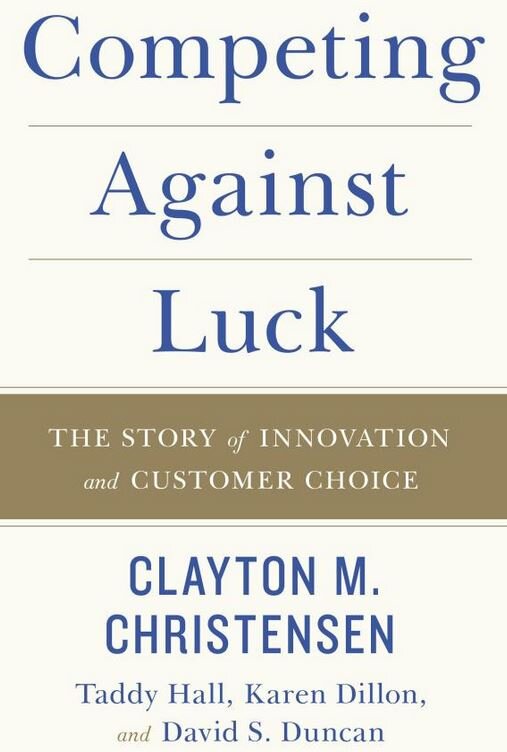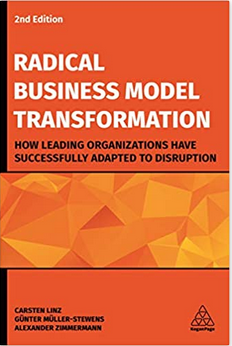
NEWS
How can you foster innovation in software ecosystems - six examples
Innovation is at the heart of every successful software ecosystem. Fostering a culture of innovation not only drives growth and success but also creates a competitive edge. Here are six examples of how you can foster innovation in software ecosystems:
1. Encourage a Collaborative Environment:
Create spaces for open communication and idea-sharing among software development teams. Collaboration fosters creativity and leads to innovative solutions.
2. Invest in Research and Development:
Allocate resources to R&D efforts to explore new technologies, methodologies, and trends. This investment can yield groundbreaking innovations.
3. Embrace Agile Methodologies:
Adopt agile practices to enable quick iterations, adaptability, and continuous improvement. Agile methodologies promote innovation by allowing teams to respond to change and deliver high-quality software.
4. Promote a Culture of Learning:
Encourage continuous learning and skill development among team members. By staying updated on the latest industry trends, individuals can bring fresh perspectives and innovative ideas to the table.
5. Support Hackathons and Innovation Challenges:
Organize events that challenge developers to ideate and create innovative solutions within a limited timeframe. Hackathons drive creativity and often result in pioneering software concepts.
6. Foster Entrepreneurial Mindset:
Encourage developers to think like entrepreneurs and take ownership of their projects. This mindset cultivates a sense of ownership and drive to innovate.
By implementing these strategies, software ecosystems can create an environment that nurtures creativity, experimentation, and advancement, ultimately leading to groundbreaking innovations.
Like the topic? Participate in our workshop tickets here
Why don´t you choose one of the following topics to continue:
How can you foster innovation in software ecosystems - six examples
Innovation is at the heart of every successful software ecosystem. Fostering a culture of innovation not only drives growth and success but also creates a competitive edge. Here are six examples of how you can foster innovation in software ecosystems:
1. Encourage a Collaborative Environment:
Create spaces for open communication and idea-sharing among software development teams. Collaboration fosters creativity and leads to innovative solutions.
2. Invest in Research and Development:
Allocate resources to R&D efforts to explore new technologies, methodologies, and trends. This investment can yield groundbreaking innovations.
3. Embrace Agile Methodologies:
Adopt agile practices to enable quick iterations, adaptability, and continuous improvement. Agile methodologies promote innovation by allowing teams to respond to change and deliver high-quality software.
4. Promote a Culture of Learning:
Encourage continuous learning and skill development among team members. By staying updated on the latest industry trends, individuals can bring fresh perspectives and innovative ideas to the table.
5. Support Hackathons and Innovation Challenges:
Organize events that challenge developers to ideate and create innovative solutions within a limited timeframe. Hackathons drive creativity and often result in pioneering software concepts.
6. Foster Entrepreneurial Mindset:
Encourage developers to think like entrepreneurs and take ownership of their projects. This mindset cultivates a sense of ownership and drive to innovate.
By implementing these strategies, software ecosystems can create an environment that nurtures creativity, experimentation, and advancement, ultimately leading to groundbreaking innovations.
Like the topic? Participate in our workshop tickets here
Why don´t you choose one of the following topics to continue:
Software strategy selection: is build, buy, partner sufficient or do we have to add open source to the game?
Strategy selection
The best innovation and growth strategy is to combine organic and inorganic growth. SAP has successfully applied organic innovation and growth resulting e.g. in SAP HANA, SAP S/4 HANA as well as inorganic innovation and growth via acquisitions like Qualtrics and Calliduscloud.
Build, buy, partner
For me, the most important distinction between build or buy is the window of opportunity that you have. In technology markets, there are frequent changes of market direction. If you’re lucky, you had started your solution in time to build something that is en vogue right now. But if you’re not lucky, you need to acquire capabilities that the market needs today. But is this the only option you have?
Opportunity and risk in building and acquiring solutions
To be frank, with the current state of technology due diligence on to be acquired companies there is no difference in risk to build or to buy. When building products, you trust your developers to build something great. The a priori likelihood of success is 50%. Same likelihood applies for acquiring technology. In addition, acquired technology exists, has customers, success and failure history. So, what is the impact of this statement on build decisions?
Build decisions
Build decisions are made based on anticipated market trends. So don´t be suprised when you find out that you made the wrong decision. It is perfectly natural to take wrong decisions. But how can you fix such a wrong decision? I have two proposals: The first one is to start massive marketing to convince customers and markets that what you built is the right thing. Tough. The second option is to buy your way into front and center of the market. What are these the only options you have?
Outsource your worries
What we need to look at is in another alternative. You could leverage an existing open source solution with a license that permits commercial use to jumpstart your building efforts. And you build differentiating, proprietary technology on top.
If the open source community behind that solution is being active enough, you will save massive effort for support and maintenance of the solution.
It also makes financial and strategic sense to spend your money wisely on functionality where you can differentiate your offering from the competitors’ offerings.
Like the topic? Participate in our workshop tickets here
Why don´t you choose one of the following topics to continue:
Open Source business models
Open source business models are commercial business models based on open source software.
Open Source business models
Open source business models are commercial business models based on open source software. This webpage contains a short version of a chapter in the book Advances in software business.
Commercial use of open source
For a commercial company, Open Source Software is software that is licensed to that company under an open source license. The commercial company may make use of the open source, like usage or redistribution of the open source free of charge, but it also has to fulfill the obligations, like delivering a copy of the license text with the software.
So the rights and obligations have to be analyzed diligently to make sure there is no violation of the license terms.
Suppliers of open source software
Open Source software can be supplied by a community or by a commercial company. We speak of community open source and commercial open source respectively. For community open source, a community of people provides creation, maintenance and support for an open source software. In most of the cases the community provides these services free of charge.
There are, of course, differences between a company and the open source community. These differences are important to understand, because they influence a customer´s supplier decision and they also create niches for companies to establish a business in that niche.
Commercial open source vs. community open source
So a customer might decide for commercial open source if he needs customized license terms, runs open source in a mission-critical environment and thus needs service level agreements in support or if he needs maintenance provided in a different way than via the open source community.
In many business contexts it makes also sense to have liability and warranty provisions from a supplier when using open source. In most of the existing open source licenses there is exclusion of any warranty or liability (3). This is another reason why companies might choose commercial open source over community open source. Please find more information in the book “Best practices for commercial use of open source software”.
Classification of open source business models
Based on a classification of business models (Weill et al.) we will have a look at open source business models.
Open source usually is free of charge, but that does not necessarily mean there is no compensation for using the open source component.
The next figure shows a classification of generic business models. The business models relevant for commercial open source business are marked in bold. In this general classification of business models, software classifies as an intangible product, see the corresponding column “Intangible”. Software can be created or written (“Inventor”), distributed (“IP Distributor”) or licensed or rented to customers (“IP Lessor”). In addition, the customer needs services to run and maintain the software, like implementation, support and maintenance services. These classify as “Contractor” business. We assume here that all open source businesses make use of at least a subset of these four business models.
No matter if it is a community or a commercial software vendor, one or many of these business models are applied. By choosing a specific selection of business models, so-called hybrid business models are created. Creating hybrid business models means combining different business models with their specific goals, requirements and cost structures.
Since these business models are models on a type level, there might be different implementations of how a certain business models are run. An open source community might run the Inventor business for creating software in a different way (leveraging the community) than a commercial software vendor (leveraging a development team), from a process as well as from a resource perspective. But on a type level, both run the same type of business called Inventor.
So going forward, we will analyze commercial and community open source business models as a selection of a subset of the business models identified here: Inventor, IP Lessor, IP distributor and Contractor.
Community open source business model
The open source community business model usually makes use of the following business models: Inventor, IP Lessor and Contractor.
For the community, the Inventor business is what the community is most involved in. It is about creating open source software and engaging with the community members to coordinate the work and collect the contributions of the community members.
The IP Lessor business is also important for the community. The IP lessor business defines the terms and conditions of the open source license and makes the software available to customers. The license is defined by the community and all customers using the software have to comply with it. In some cases, there are multiple different licenses for an open source software that a customer can choose from.
The Contractor business contains all human services to customers. The community typically provides these via email and they contain services like maintenance, support, translation for country specific versions and the like. They are all carried out by community members. In almost every case, the customer does not pay for these services, but the customer has no rights to enforce any of these services and he does not have service level agreements, like a definition of minimum answer time for support incidents.
The community can serve two types of customers: software vendors and (end) customers. For software vendors, the open source community works as a supplier of software, for the customer, the open source community works as a software vendor licensing software to the customer.
These two relationships differ in the way that customers and software vendors might make use of the software. Customers usually license the software for internal use only. Software vendors license software for internal use and/or for distribution to customers. Often open source software is included in commercial software and provided to customers by the software vendor. In this case, the software vendor has to make sure he complies with all licenses of all open source software he is including in his software product. Please find more information in the book “Best practices for commercial use of open source software”.
Commercial open source business models overview
In the last section we described the community business model, now we turn to the commercial open source business model. Figure 4 shows the typical business models implemented by commercial software vendors. As mentioned before, a commercial software vendor does not have to implement all of these business models, but can rather build unique business models by selecting a subset of available business models. One basic difference to community open source is that the IP Distributor business model is an option for commercial companies.
The history of commercial open source companies shows that in the beginning the companies focused on services around open source software, which matches the Contractor business.
The next step was to build distributions for open source software, like e.g. for Linux. This matches to the IP Distributor business model.
Today, we find all kinds of hybrid business models around open source. Companies are building software and donate it, completely or partially to the open source community (Inventor business model). Commercial software vendors often package or change or extend existing community open source software, so the community acts as a supplier of open source software to the software vendor. In some cases the software vendor does not use existing open source software from a community, but chooses to offer its proprietary software under a dual licensing strategy, e.g. under a commercial and an open source license. Please find more information in the book “Best practices for commercial use of open source software”.
Commercial services for open source
Since open source licenses are free of charge, commercial companies first and foremost focused on providing services around open source software. The expectation was simply that customers would still need services and since the license was free, that customers would have more money to spend on services.
Commercial open source companies provide the following services for open source software: Maintenance, Support, Consulting and Extension or adaption of open source software to a customer´s needs.
Maintenance services consist of the following activities: building future versions, bug fixes and upgrades and providing them to the customers.
Support services contain of accepting, maintaining and resolving incidents that the customer has while using the software.
Consulting services mean planning and executing the installation and go-live of customers´ system landscapes containing the software.
Extension or adaption of open source software based on customer´s requests is designing, programming, testing and delivering open source software that has been modified or expanded. Examples for extensions and modifications are:
Functional Extensions for open source applications with country-specific functionality or customer specific functionality;
Extending the usage scenarios for open source to additional countries by adding additional translations of user interfaces;
Adapting open source software means to make open source software run on customers´ hardware and software platforms.
Summary and outlook
The evolution of open source and commercial open source business is still underway. In the future we will see additional varieties of open source business licenses, such as in open source hardware or designs, and new open source business models, like in open source on demand applications or open source software in cloud environments. Please find more information in the book “Best practices for commercial use of open source software”.

